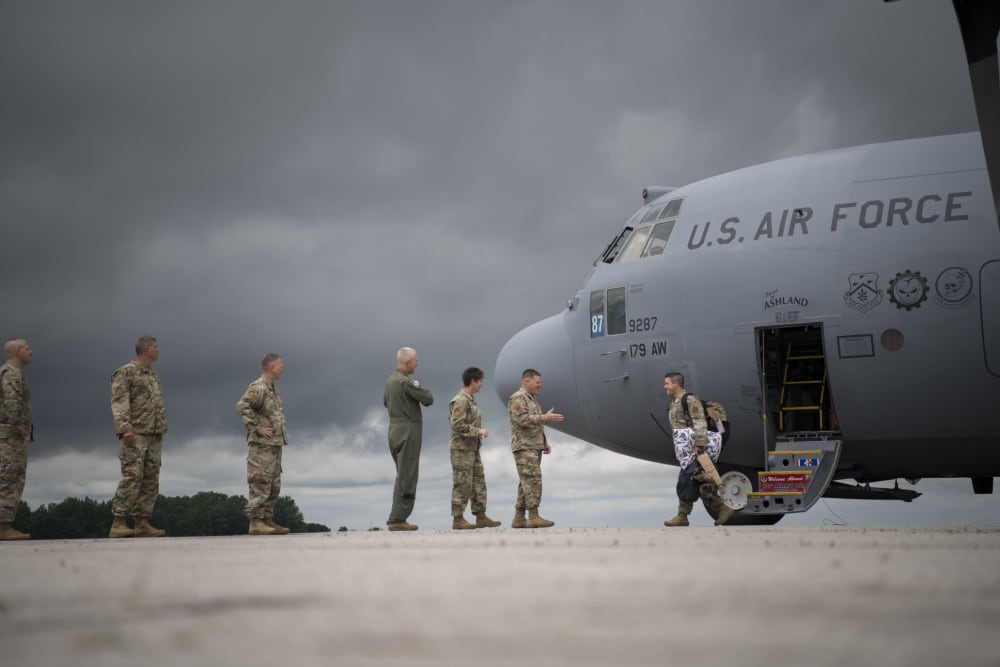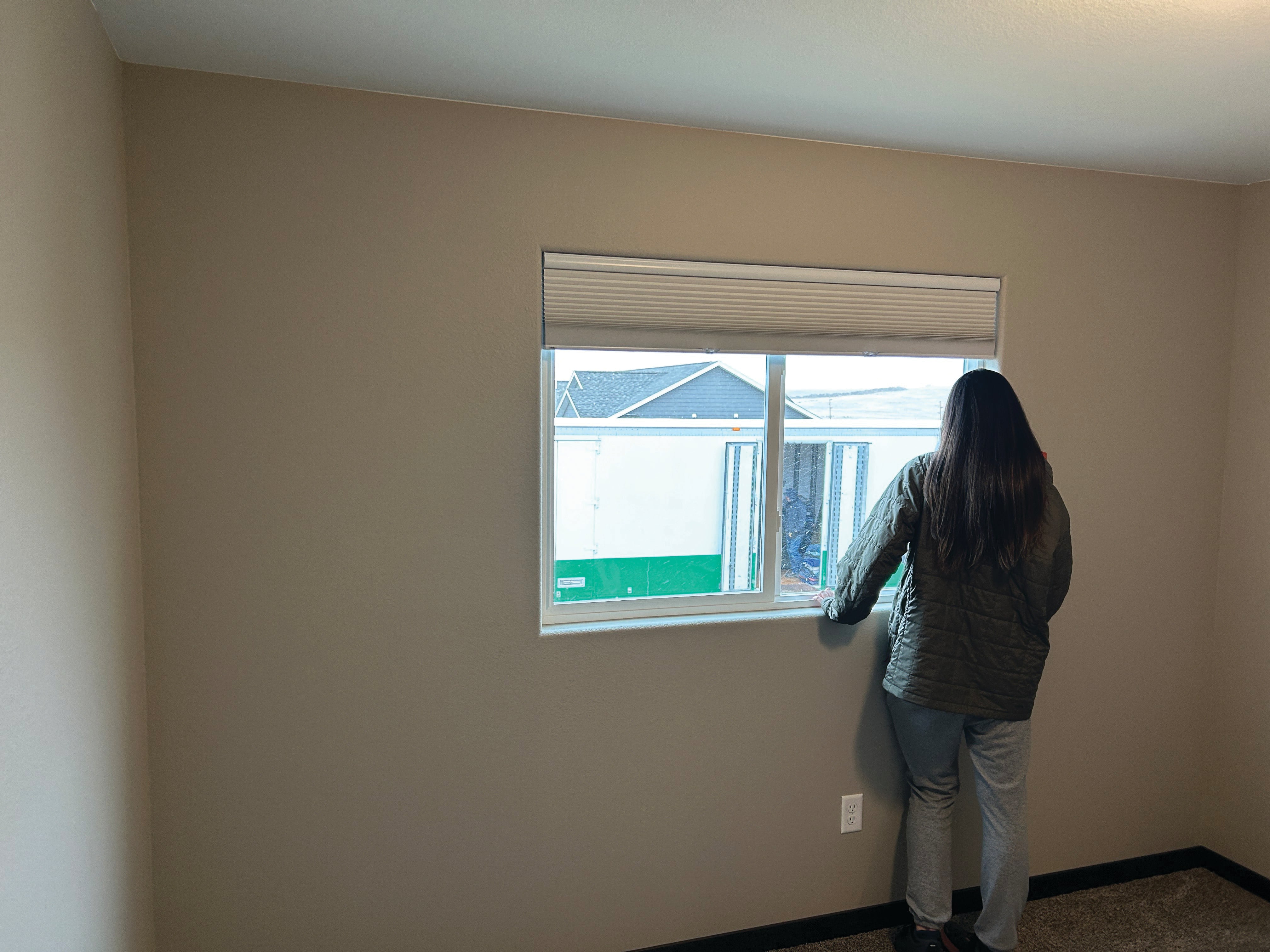House lawmakers are looking to bar the Air Force from ditching any of its nearly 300 C-130 Hercules airlift planes as part of fiscal 2022 defense policy bill released July 27.
The House Armed Services seapower and projection forces subcommittee, which handles transport aircraft issues, aims to mandate a minimum of 287 C-130s in the Air Force inventory next year — the same number as are now in the combined C-130H and C-130J fleets.
The Air Force wants to retire 13 older C-130Hs in favor of bringing in five new C-130Js, for a net change of eight fewer C-130 airframes. The C-130H inventory would dip from 141 to 128 planes, while the C-130J inventory would grow from 146 to 151 planes. H-models are largely flown by the Air National Guard and Air Force Reserve.
Ann Stefanek, an Air Force spokeswoman, told Defense News earlier this year that the H-model divestment “constitutes a low level of risk, given future joint war-fighting missions.”
RELATED

The House will need to reach a compromise with the Senate, which proposes to keep at least 292 active aircraft in the C-130 fleet, five more than the House’s potential floor. That includes H- and J-models and the 10 LC-130 ski-equipped planes that transport cargo to the Arctic and Antarctic.
At the same time, lawmakers continue to criticize the Air Force’s progress toward replacing propeller blades that have hindered flight safety on the C-130H fleet.
“Procurement of new composite propeller blades is the obvious solution to this serious safety of flight and readiness issue,” HASC members said in the seapower and projection forces portion of the annual defense policy bill. “The Air Force has moved slowly in addressing the issue and still refers to the propeller upgrade as an enhancement and not a safety requirement.”
Capitol Hill is pushing the service to adopt new composite propeller blades rather than blades manufactured before 1971, saying the upgrade would speed maintenance work and improve the parts logistics chain. A more-efficient eight-blade configuration allows aviators to better control the airframe’s speed in flight, and lets maintainers remove one blade at a time as needed for repairs.
The issue came to light after a Marine Corps KC-130T crashed in 2017, killing 15 Marines and a sailor. A corroded propeller blade, which cracked and failed in flight, was not repaired while the plane was undergoing maintenance ahead of the mishap.
RELATED

Then in 2019, the Air Force grounded 60 C-130H aircraft amid worries that their propellers were in danger of cracking and needed to be replaced. The planes — about one-third of the H-models — received new blades and returned to flight. Airmen addressed one suspicious blade found as part of that inspection.
“Delays are unacceptable considering the inherent safety of flight and readiness risks surrounding this issue,” lawmakers wrote.
They are pushing Air Force Secretary Frank Kendall to brief HASC members by the end of 2022 on the estimated cost and schedule for outfitting the C-130s with new blades, as well as H-model engine upgrades.
“Congress has repeatedly added additional funds for these upgrades and the Air Force has yet to budget for them despite the demonstrated performance benefits and fuel efficiencies,” committee members said.
The Air Force is in the process of installing eight-blade propellers from Collins Aerospace Systems onto about 160 C-130Hs, the Raytheon Technologies unit said in September 2020.
Rachel Cohen is the editor of Air Force Times. She joined the publication as its senior reporter in March 2021. Her work has appeared in the Washington Post, the Frederick News-Post (Md.), Air and Space Forces Magazine, Inside Defense, Inside Health Policy and elsewhere.





